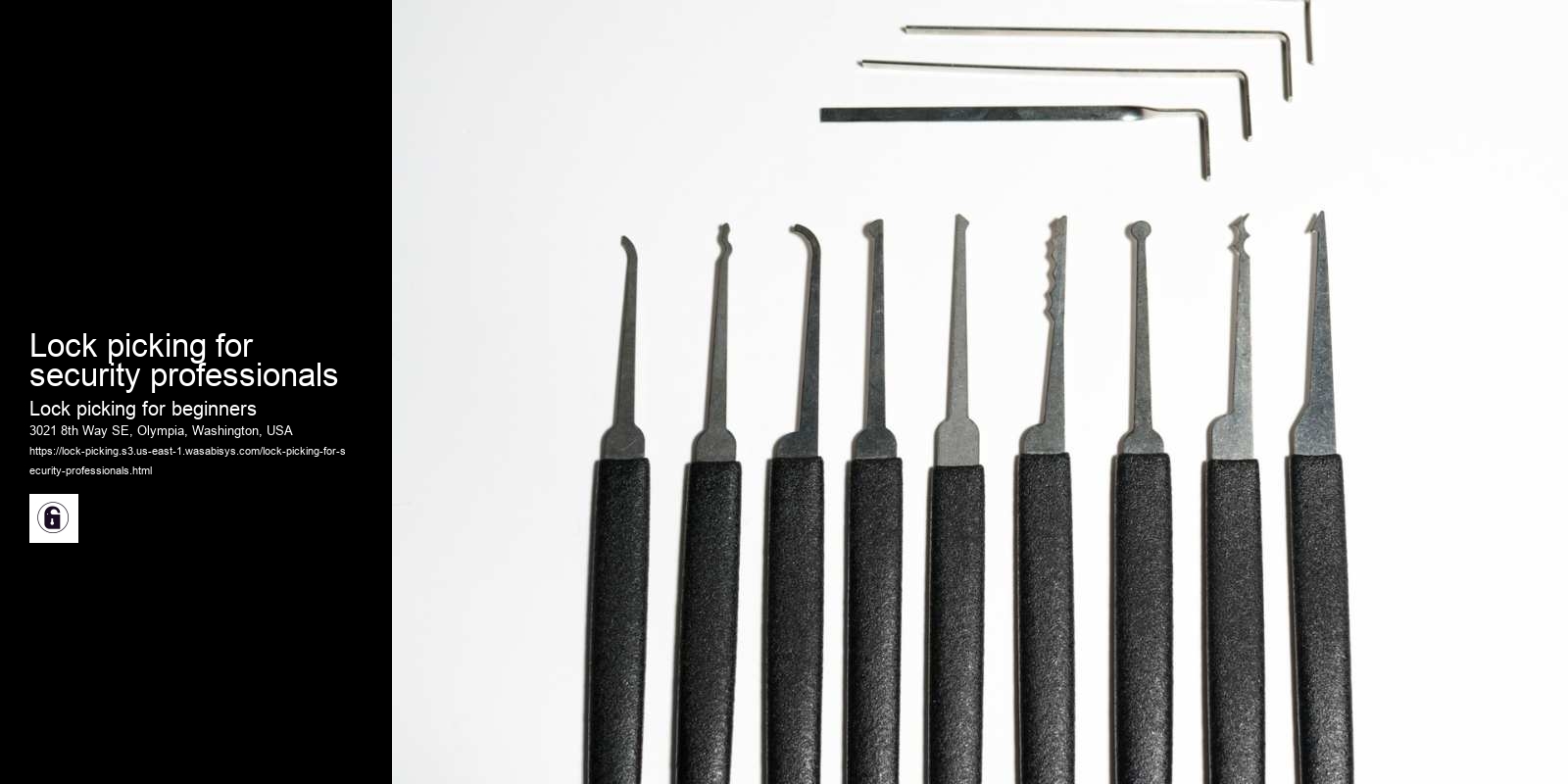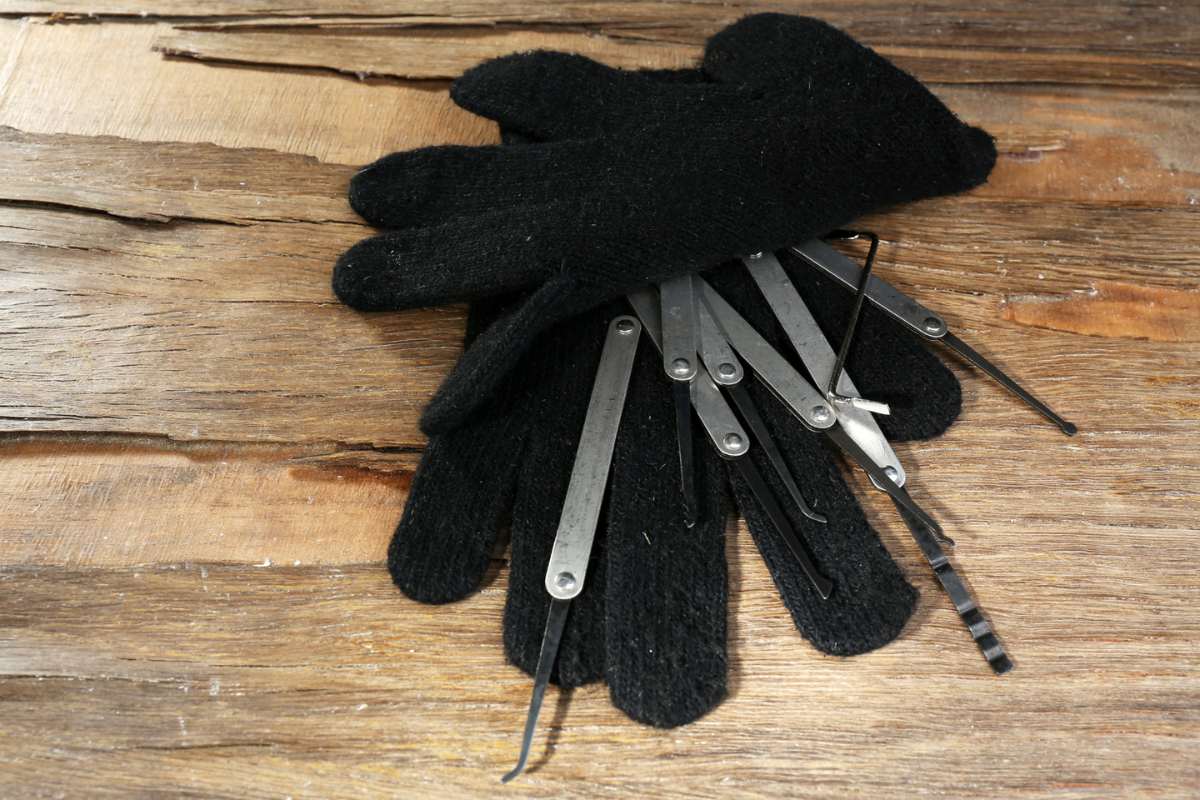Can lockpicking damage the lock?
When choosing a lockpicking tool, it is important to consider the size, shape, and construction of the lock's keyway, as well as the type and number of pins or other components that need to be manipulated. Different types of picks and tension wrenches may be better suited for certain types of locks, depending on these factors.
In some cases, it may be helpful to consult with other lockpickers or to seek out resources online or in books that provide guidance on choosing the right tools for a particular lock. It is also important to practice with different types of tools and techniques in order to develop the skills and experience needed to successfully pick a wide range of locks.
While lockpicking typically involves the use of specialized tools such as picks and tension wrenches, there are other methods of opening a lock that do not require these tools.
One such method is called "bypassing," which involves manipulating the lock or its housing in a way that allows it to be opened without directly manipulating the pins or other internal components of the lock. For example, a bypass tool such as a shim or a knife blade may be used to manipulate the latch or shackle of a padlock, allowing it to be opened without picking the lock itself.


